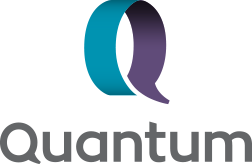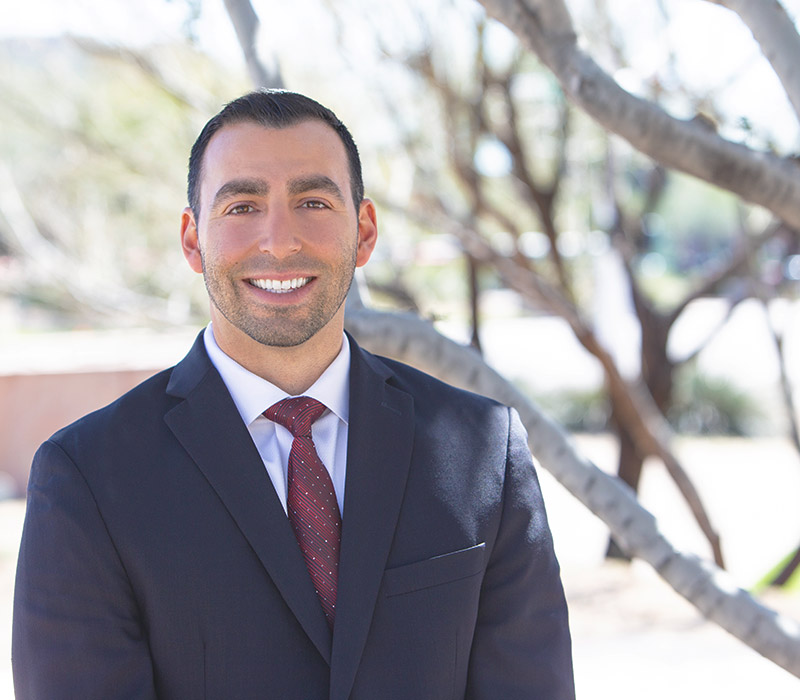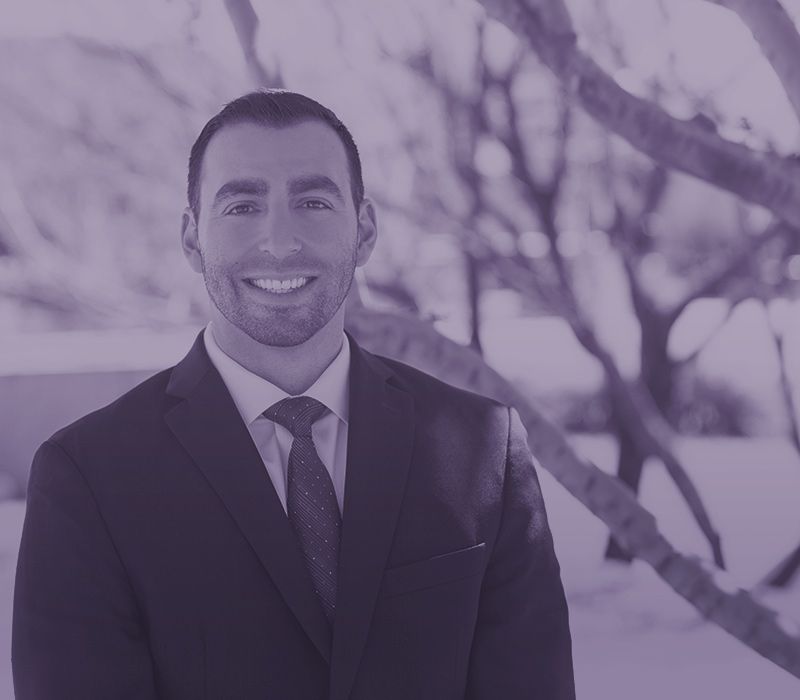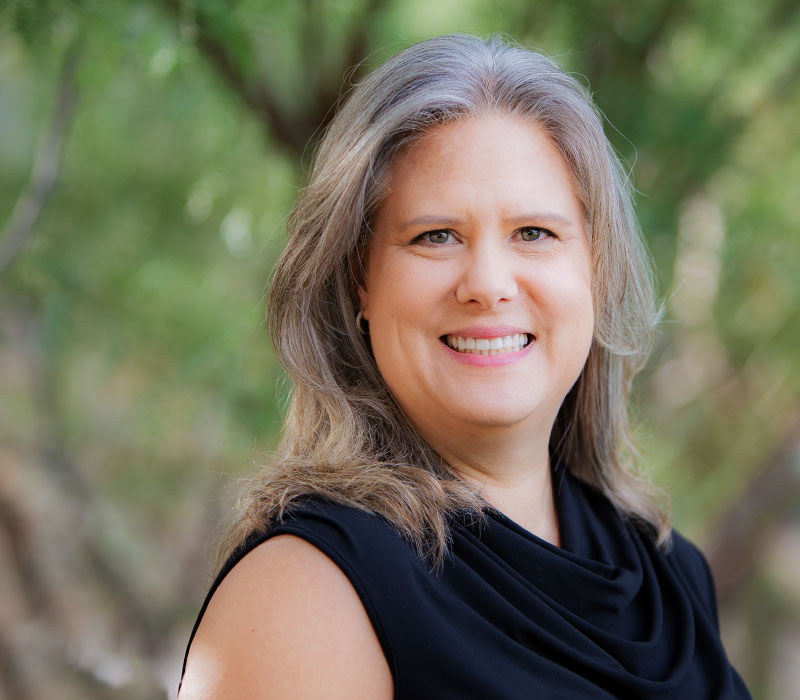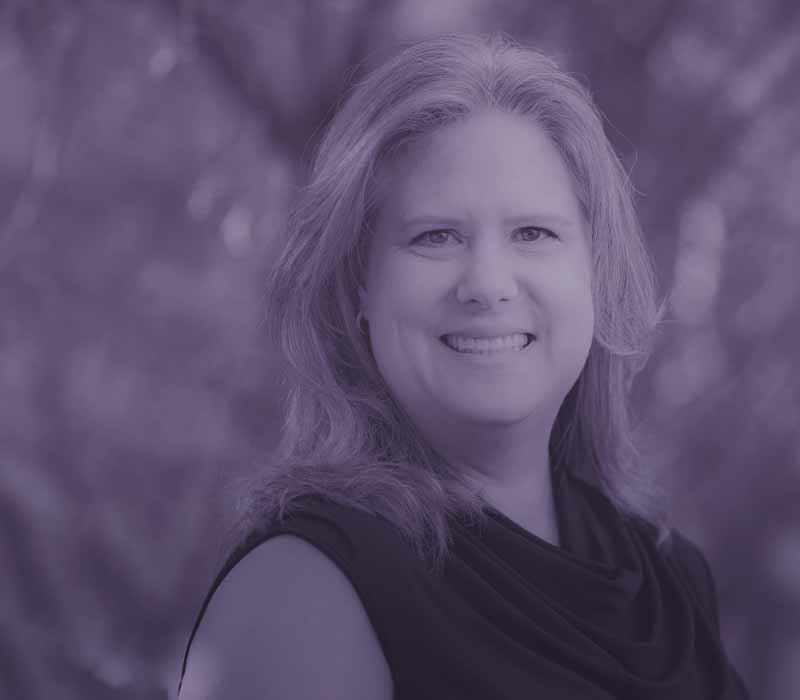As the wealth of this class of emerging investors grows, their need for retirement planning services will follow.
Many advisors tend to restrict their practices to pre-retirees and retirees, and for good reason: that’s typically where the money is and the greatest (perceived) opportunity to increase assets under management, or AUM.
But what if you broadened your horizons of what defines “pre-retiree?”
After all, many earners in younger households have significant financial needs. These include saving to purchase a home, funding their children’s college education and grappling with their own financial challenges – namely student loans, mortgage debt, auto loans and revolving credit card debt.
The term sometimes given to this cohort within socioeconomic circles is HENRY – or “High Earners, Not Rich Yet.” Coined in an article in Fortune Magazine, the term was first applied to families earning between $250,000 to $500,000, but without much left over after paying for taxes, education, housing and other family costs, much less attempting to save for retirement.
Think about it this way. These households and individuals have financial needs that may not be weighted heavily on the “distribution” phase of planning like those of clients in retirement. But they do have needs that you can address now. Several of the strategies you focus on during retirement, namely family and financial protection (survivorship planning), tax planning, wealth management—and even how to save more—all apply to HENRYs.
Why Attract Clients Among the HENRY Crowd?
It may be among the best strategies for the continuity of your practice and client retention.
If you work based off of an investible asset minimum, you may shut yourself off from the daughters and sons of your current clients. By not paying any attention to this group, or simply asking them to come back when they have more money to work with, you’ll likely never have the chance to help them again as they look elsewhere for financial advice.
The statistics on advisor retention among those who have lost a spouse are already pretty telling. It’s a similar trend among generations. According to State Street Global Advisors, only 38% of investors retain the same advisor when their spouse dies. That percentage falls to 29% when both parents have passed and their children inherit their assets.
Research from the beginning of this decade suggests that Baby Boomers have already and are expected to transfer $30 to $41 trillion between 2011 and 2048. That transfer will be to Generation X, Millennials and those born after the Millennials up until the year 2000 (typically considered part of Generation Z). Most of these beneficiaries, then, fall within the HENRY definition.
More recently, the Center on Wealth and Philanthropy at Boston College reported that an estimated $59 trillion—divided among heirs, charities, estate taxes and estate closing costs—will be transferred from 93.6 million American estates from 2007 to 2061, in the greatest wealth transfer in U.S. history.
(You can read more about this here: “Get Ahead of The Great Wealth Transfer.”)
“Financial advisors today face what is perhaps their most significant challenge yet: helping clients to move from inertia to activity in planning for the transfer of their wealth—while ensuring asset continuity within the advisory practice when the wealth changes hands,” State Street Global Advisors says.
The challenge, then is two-fold: helping Baby Boomer clients smoothly transition into retirement with distribution strategies, while successfully connecting with the next generation as they accumulate assets and develop into “ideal clients.” Millennial and Gen-X HENRY investors have a more collaborative planning style, expect real-time information delivery, and are moving toward a holistic, goals-based approach to wealth management, according to State Street Global Advisors.
How You Can Help HENRYs
Just as there are stages in distribution strategies for your retirement clients, such as the spend down of taxable assets to lower adjusted income in earlier retirement years, maximizing Social Security and pension payouts, and drawing income from principal-protected and guaranteed accounts, consider also thinking in stages when planning with HENRYs.
A younger client’s more immediate focus, for example, could be working toward debt reduction, saving for a new home, or establishing and making steady contributions to education funds for their children. A goals-based approach may fit the bill to getting clients on track toward reaching these milestones. Once they’ve moved toward completing them, saving for retirement becomes the next priority. Of course, pursuing these financial milestones doesn’t have to be mutually exclusive if your clients have the financial means to potentially achieve each as part of a comprehensive financial strategy.
Regardless of their path, cultivating HENRYs as clients likely means building relationships over years and recognizing the wealth-building potential of this group, as opposed to a simply transactional philosophy. The good news is that banks and other providers of financial services don’t appear to be gaining traction and there is ample opportunity for those independent financial advisors willing to guide HENRYs through the wealth-building stages up to and post-retirement.
Sources:
https://www.investopedia.com/terms/h/high-earners-not-yet-rich-henrys.asp
https://www.bc.edu/content/dam/files/research_sites/cwp/pdf/Wealth%20Press%20Release%205.28-9.pdf
AJ Wolfe has 10 years of experience in the industry and has worked for some of the nation’s leading financial and retirement services firms.



